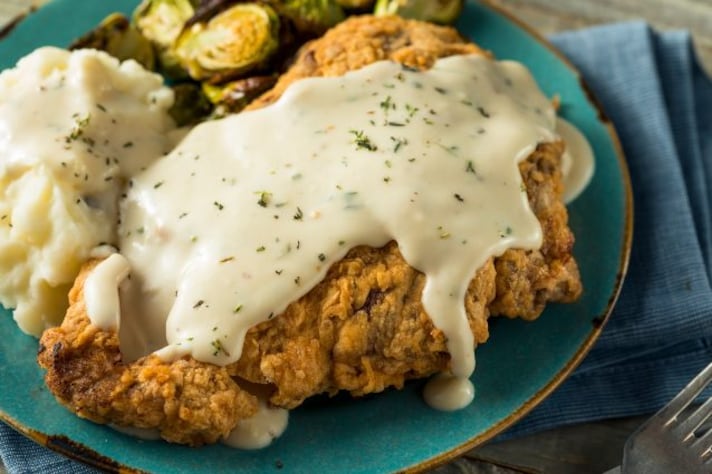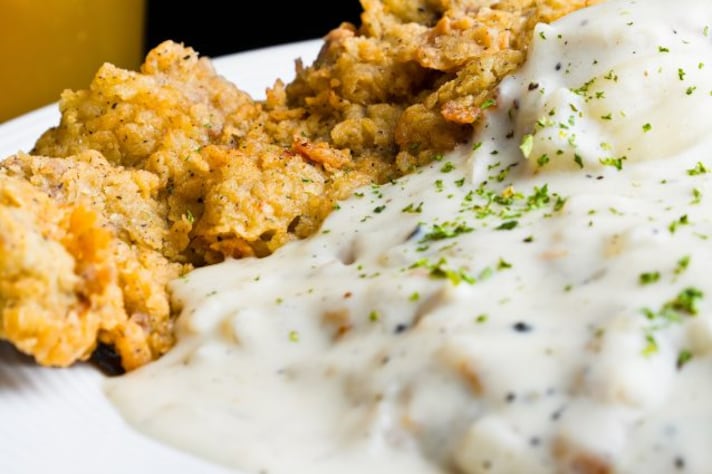
Country fried steak is the epitome of Southern comfort food: crispy, tender, and smothered in gravy. But achieving that perfect balance of a crunchy crust and a juicy interior isn’t just luck—it's technique. One crucial step that often gets overlooked (or skipped) is the double coating process. While it might seem like an extra step, it’s actually the secret weapon for the ultimate country fried steak. Skip it, and you risk a meal that’s more soggy than satisfying.
Double Coating Is The Armor for Your Steak
The double coating process creates a protective layer around the steak, sealing in moisture while ensuring a crispy, golden crust. Without this crucial second dip into the flour or breadcrumb mixture, the coating can slip right off during frying, leaving your steak exposed and vulnerable. That extra coat works like a shield, helping the steak cook evenly while keeping the juices inside. It’s not just about aesthetics; it’s about flavor and texture. A steak without that crunchy armor is like a knight without his shield—vulnerable and disappointing.

What Happens When You Skip It
If you decide to skip the double coating step, you might find yourself biting into a sad, soggy steak. Without that additional layer, the breading can’t properly adhere to the meat, which means it’s more likely to flake off or absorb too much oil during frying. This leads to an unevenly cooked steak, with some bites crunchy and others downright chewy. And when the coating slips off, the steak itself can end up overcooked, tough, and lacking the juicy tenderness that makes country fried steak a classic comfort food. In short, skipping the double coat is a shortcut straight to disappointment.
Why Double Coating Matters
Double coating is more than just tradition; it’s science. The first dip provides a base layer that sticks to the steak, while the second creates a thicker, more textured crust. This thicker crust acts as a barrier, preventing excess oil absorption and ensuring even cooking. When the steak hits the hot oil, the double layer crisps up beautifully, locking in moisture and giving you that signature crunch with every bite. Skipping the second coat means losing out on the structural integrity that keeps your steak crisp and delicious, leaving you with a less-than-perfect dish.

The Role of the Second Dip
The second coat isn’t just about adding more flour; it’s about ensuring that the steak is fully covered and ready for the heat. This step allows you to press the coating firmly onto the steak, ensuring it sticks and provides a more robust, textured finish. Think of it as the reinforcement layer—the one that guarantees your steak has that satisfying crunch and stays intact, no matter how hot the oil gets. By taking the time for this extra step, you’re setting yourself up for the kind of crispy perfection that makes country fried steak a comfort food favorite.
;Resize,width=767;)
